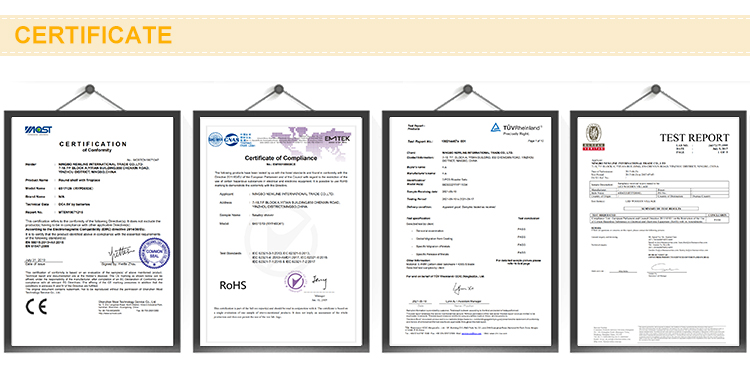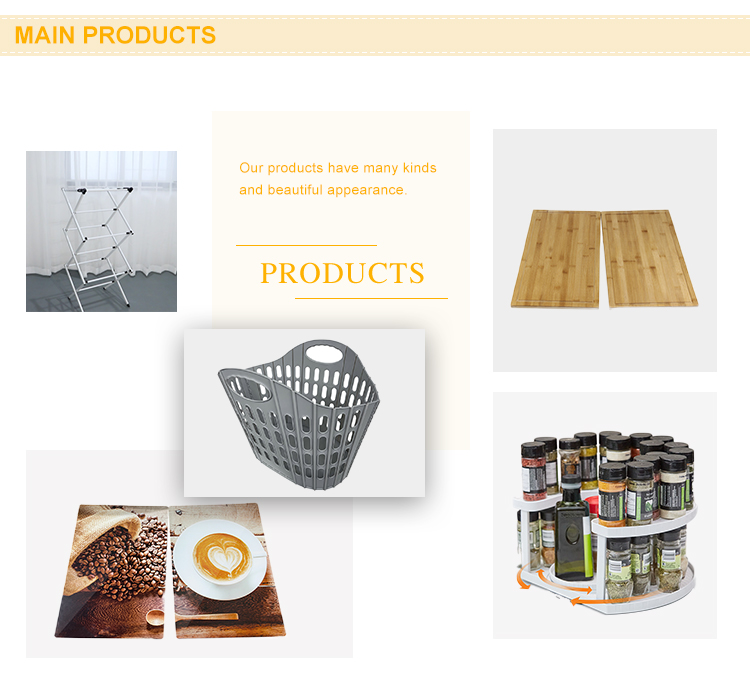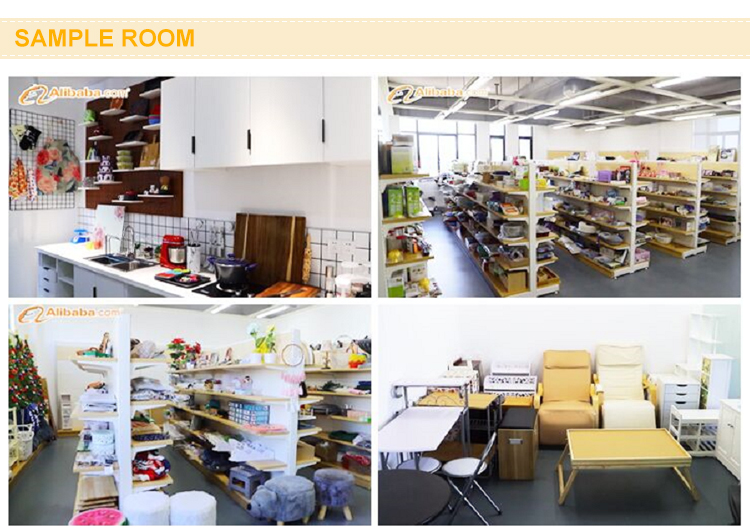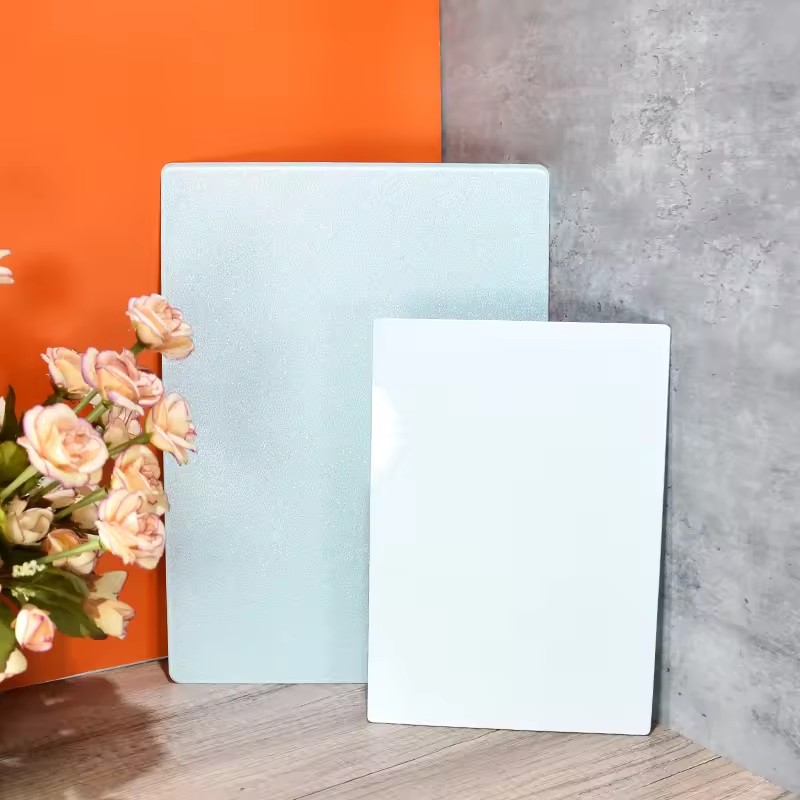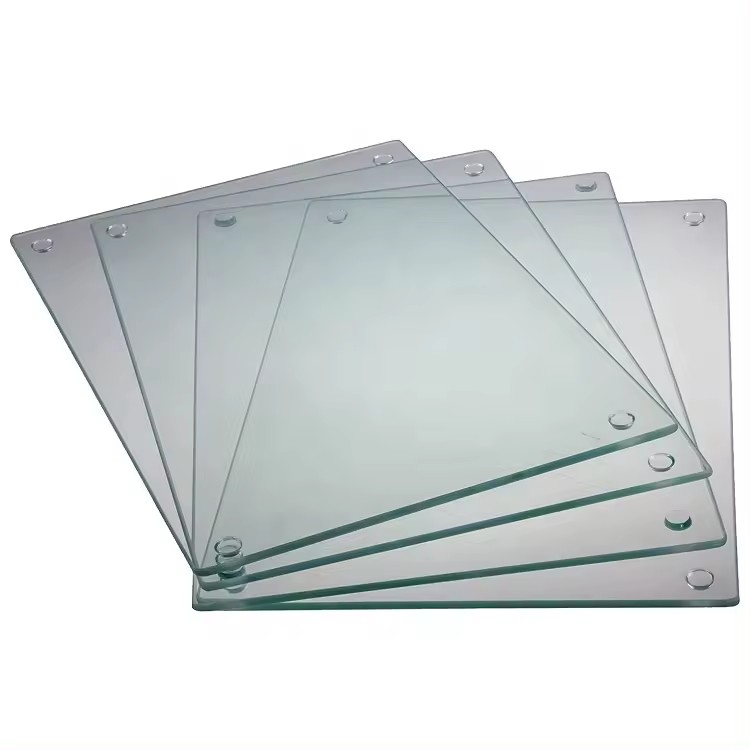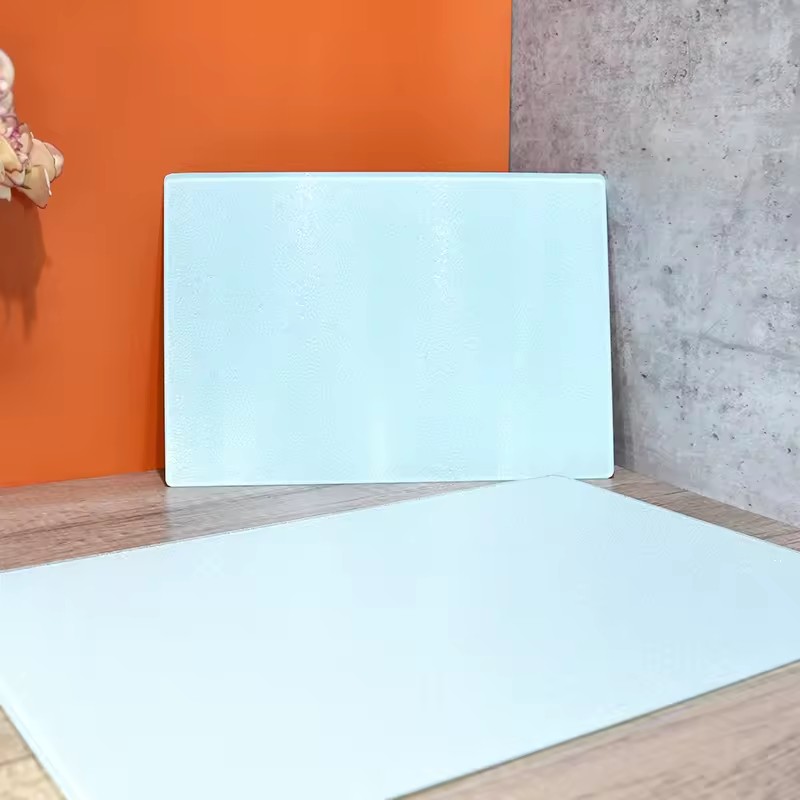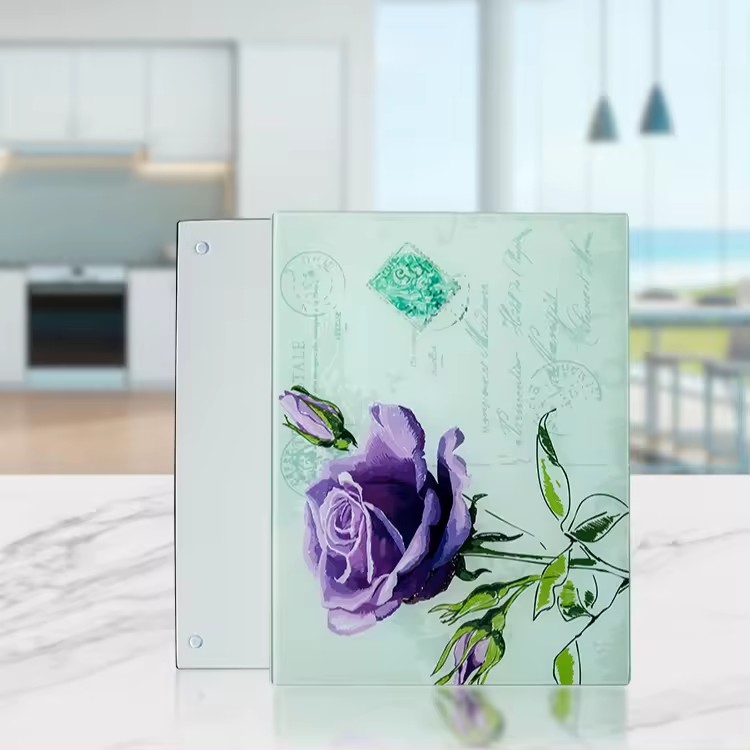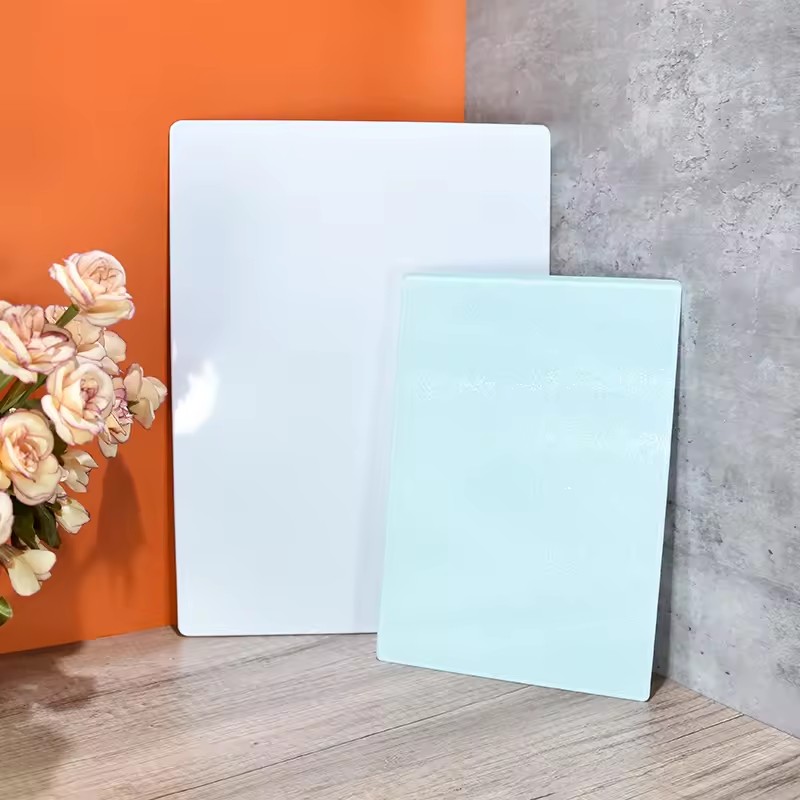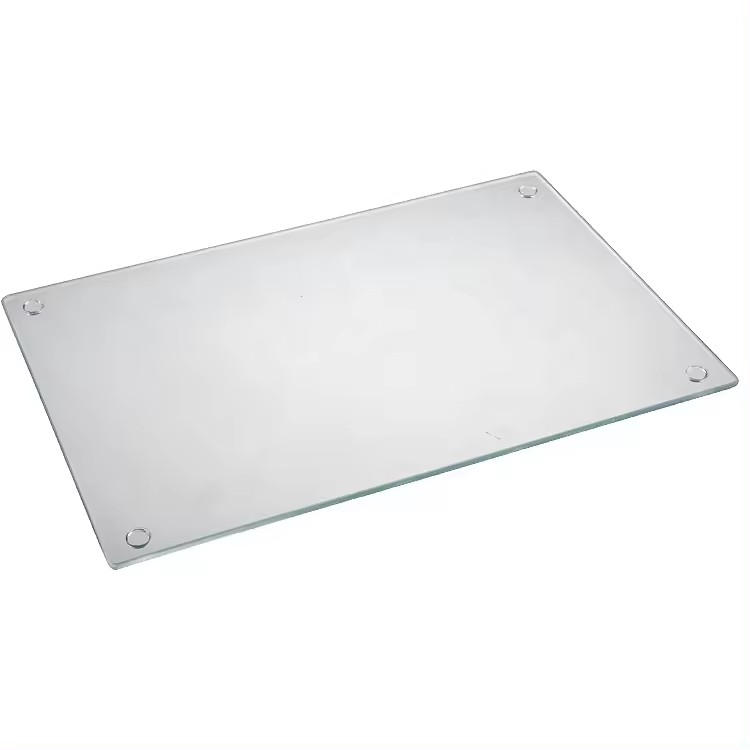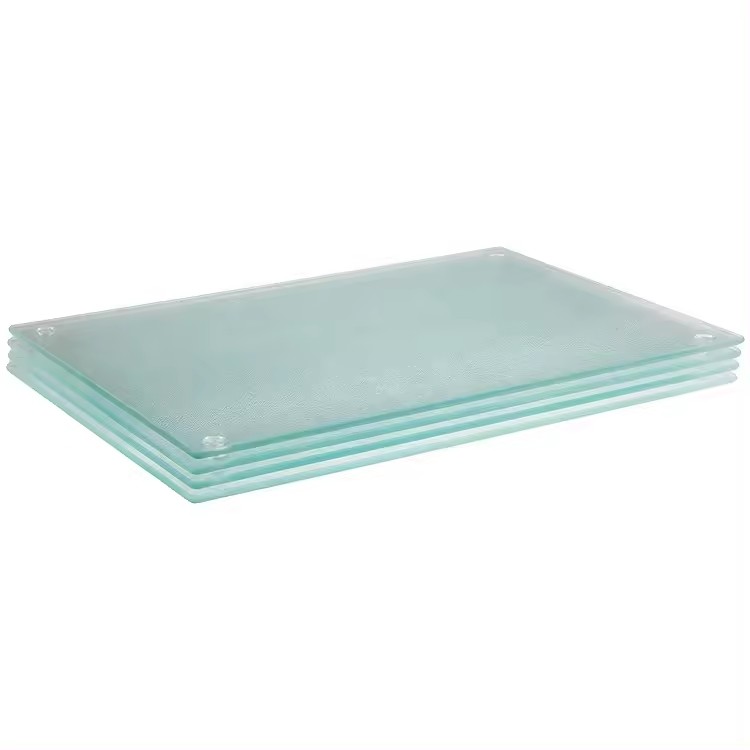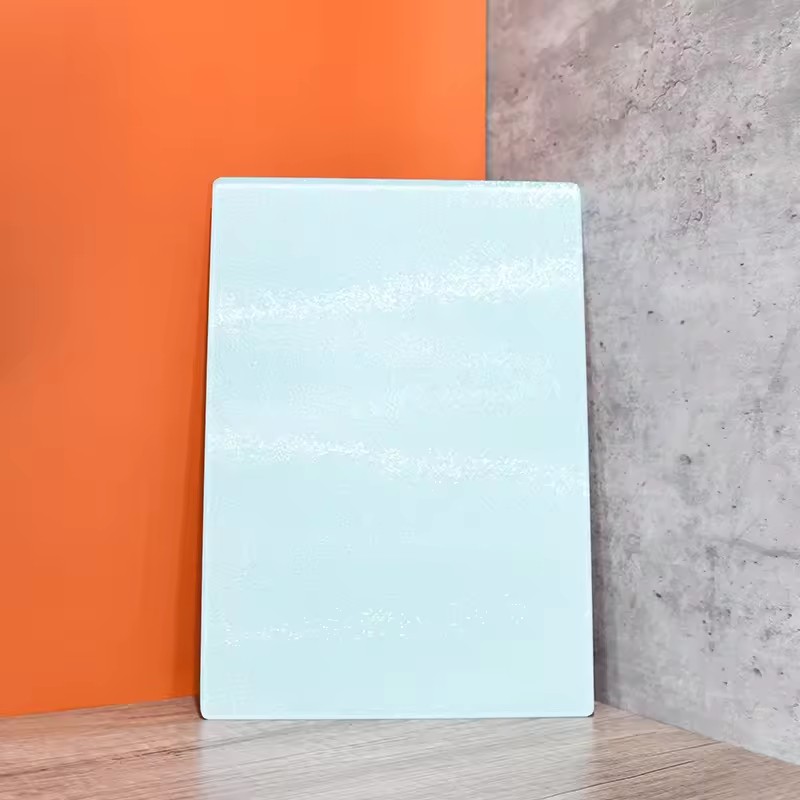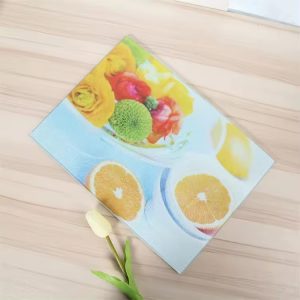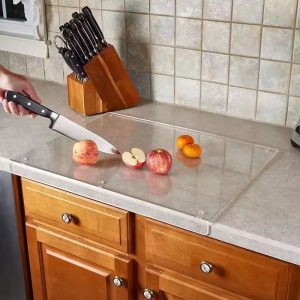Glass picking boards have unique advantages that make them suitable for specific kitchen tasks:
- Hygiene: Glass is non-porous, resisting absorption of liquids and preventing the growth of bacteria, ensuring a hygienic surface for food preparation.
- Durability: Glass cutting boards are resistant to scratches, cuts, and stains, providing a durable and long-lasting surface that maintains its appearance over time.
- Easy to Clean: Glass boards are easy to clean and sanitize, and they can be safely washed in the dishwasher, simplifying maintenance.
- Heat Resistance: Glass is heat-resistant, allowing for the placement of hot pots or pans directly onto the board without damage. This feature enhances versatility in the kitchen.
- No Odor Retention: Glass does not retain odors from strong-smelling ingredients, ensuring that the board remains neutral and does not transfer flavors between foods.
- Stylish Appearance: Glass cutting boards offer a modern and sleek aesthetic, adding a touch of style to the kitchen.
- Versatility: Glass boards can be used for various food preparation tasks, including chopping, slicing, and rolling dough. They are also suitable for serving cheeses, fruits, and appetizers.
- Visual Clarity: The transparent nature of glass allows for visual clarity, making it easy to monitor food items and ensuring precision in cutting and chopping.
While glass cutting boards have these advantages, it’s important to note that they also have some drawbacks. They can be heavier than other materials, posing a risk of breakage or chipping. Additionally, the hardness of glass may be less forgiving on knife edges compared to softer materials, potentially leading to faster dulling of knives. Careful handling and consideration of these factors are crucial when using glass cutting boards.
